
Tradescantia zebrina: The Colorful Healer Hidden in Plain Sight
Tradescantia zebrina, often called the inch plant or zebra wandering plant, is one of the most eye-catching indoor and garden plants in the world. With its shimmering purple, green, and silver leaves, this creeping beauty is more than just decoration — it also carries a quiet history of traditional healing and environmental benefits. Though many grow it for its looks, few realize how much potential this simple plant truly holds.
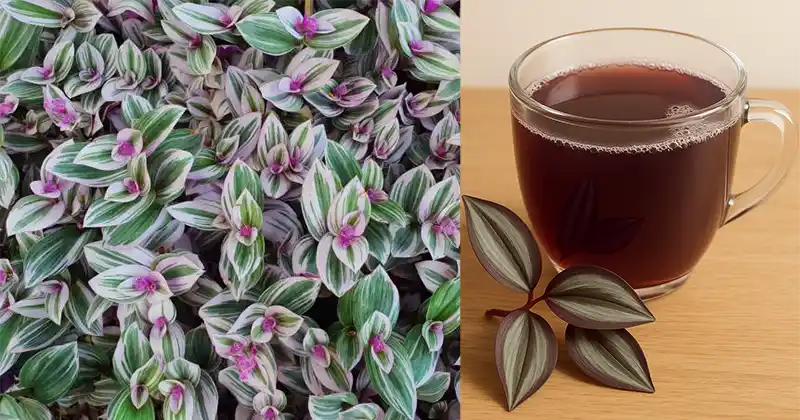
A Plant That Thrives Anywhere
Native to Central and South America, Tradescantia zebrina has adapted to warm, humid environments but can easily thrive indoors around the world. It grows fast, roots from almost any stem cutting, and can fill a pot or hanging basket in just weeks. Because of its durability, it has become one of the most common Tradescantia species in the United States.
Traditional and Natural Benefits
While Tradescantia zebrina is mainly known as an ornamental plant today, in traditional herbal practices it has been valued for several health-related properties:
- Anti-inflammatory effect – The leaves are sometimes used in folk remedies to calm minor skin inflammation and redness.
- Antibacterial potential – Extracts from the plant have been shown in some traditional preparations to help clean small wounds or cuts.
- Antioxidant support – Its natural pigments, especially the purple anthocyanins, are believed to fight oxidative stress in the body.
- Mild wound healing – The sap of the plant has occasionally been applied to small scrapes and insect bites to promote healing.
- Respiratory comfort – Some cultures have brewed mild infusions of the plant to soothe sore throats and ease light coughs.
- Cooling effect – Crushed fresh leaves can provide a cooling, refreshing sensation when used on the skin.
- Mood-boosting presence – Its vibrant colors and rapid growth make it a natural mood enhancer and stress reliever for indoor environments.
- Air purification – Like many green plants, Tradescantia zebrina helps absorb toxins and refresh indoor air.
How People Use Tradescantia Zebrina
Even though it’s primarily decorative, this plant has found several uses in homes and gardens:
- As a natural air freshener: Placing a few pots around windows and desks can help improve air quality while brightening the space.
- In natural remedies: Some traditional healers crush the leaves into a paste to apply to minor wounds or irritated skin.
- In simple teas: In some regions, the leaves are dried and steeped in warm water to make a mild herbal drink used for throat comfort or general wellness (always under proper guidance).
- As a compost booster: Its fast-growing foliage can be added to compost piles to enrich organic matter.
- For decorative landscaping: It’s a popular ground cover in warm climates, adding a touch of purple and silver to gardens.
How to Grow and Care for It
- Light: Prefers bright, indirect sunlight to keep its leaf colors vivid.
- Water: Likes moist soil but dislikes soggy roots; let the top layer dry slightly before watering again.
- Propagation: Snip a stem cutting, place it in water or soil, and it will root in just a few days.
- Temperature: Thrives between 18–25°C (65–77°F).
Its easy care makes it perfect for beginners who want a lush, living accent at home.
A Living Symbol of Balance
Tradescantia zebrina embodies balance — beautiful yet humble, strong yet delicate. It doesn’t demand much care but rewards you with endless color and life. Whether you use it to decorate your home, purify your air, or connect with traditional natural remedies, it brings a quiet reminder that even the simplest plants can hold hidden power.
Disclaimer
While Tradescantia zebrina has been used in traditional medicine, its effects have not been fully confirmed by modern clinical studies. Some people may experience mild skin irritation from the sap, so it’s best to handle it with care and avoid ingesting it without proper guidance from a qualified herbalist or healthcare professional.
News in the same category


🌿 SENIORS: This 1 Leaf DESTROYS Diabetes & Melts Belly Fat (Doctors HATE It!) | Barbara O’Neill
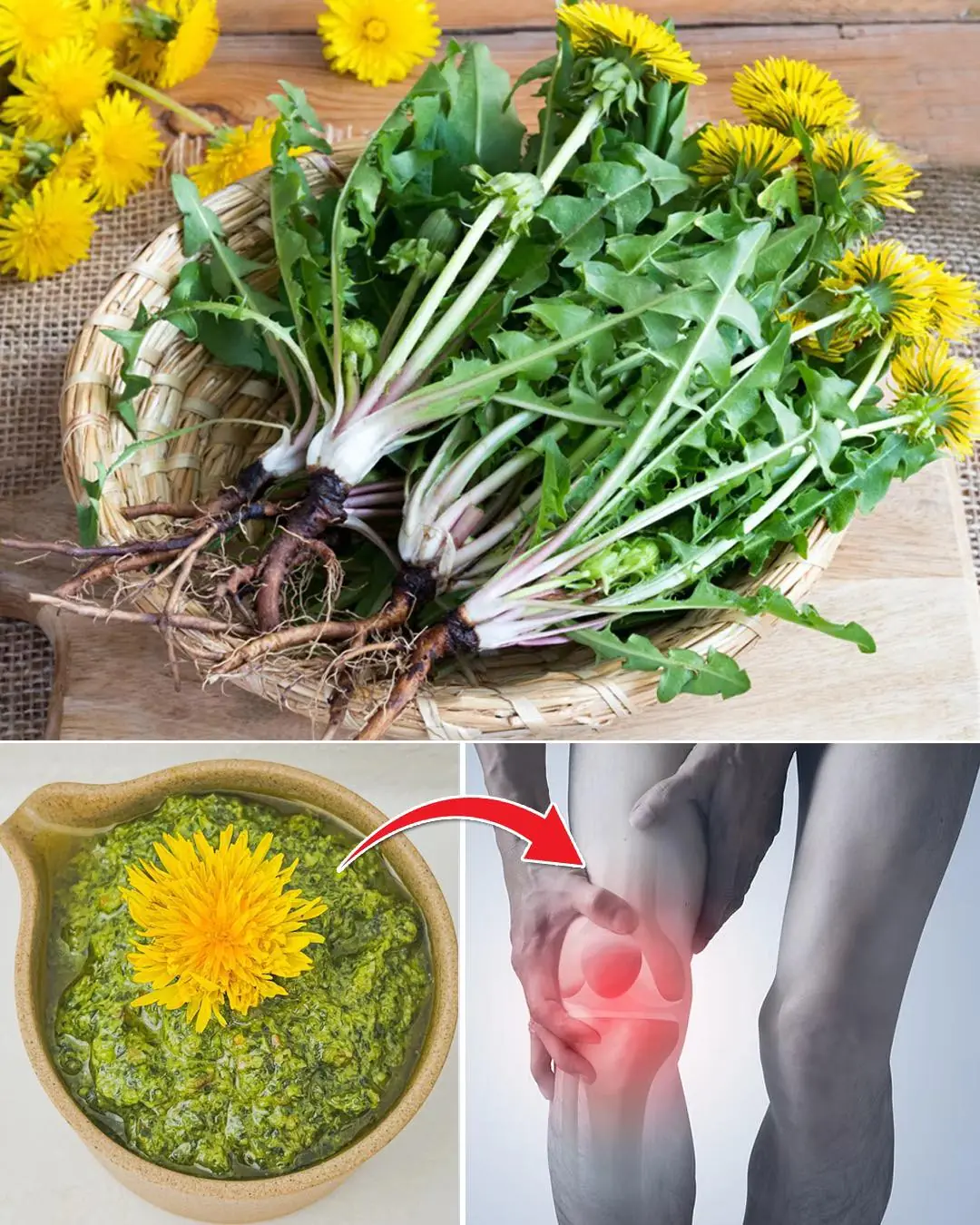
10 incredible ways to use dandelion
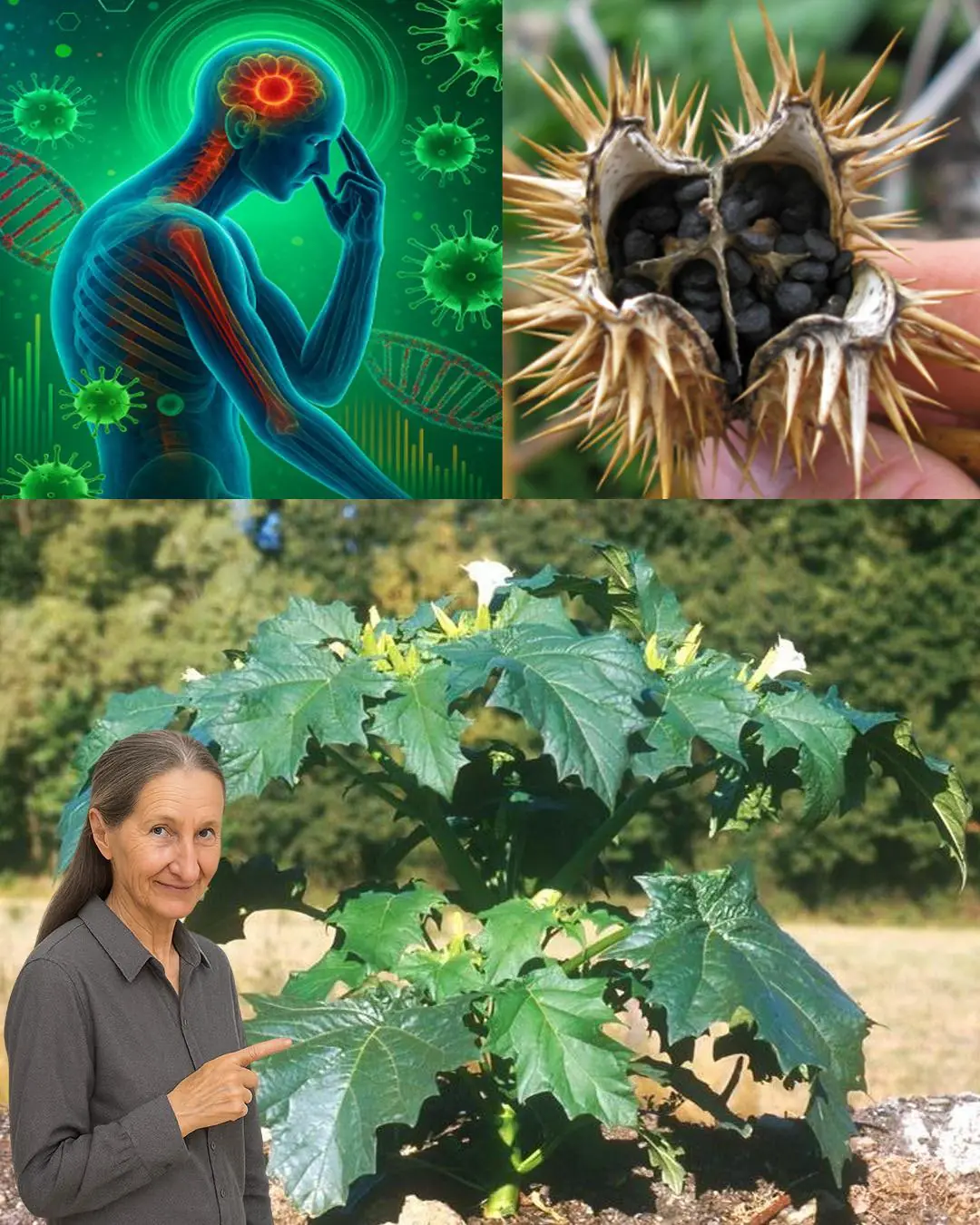
Datura Stramonium: The Enigmatic Thorn Apple Plant
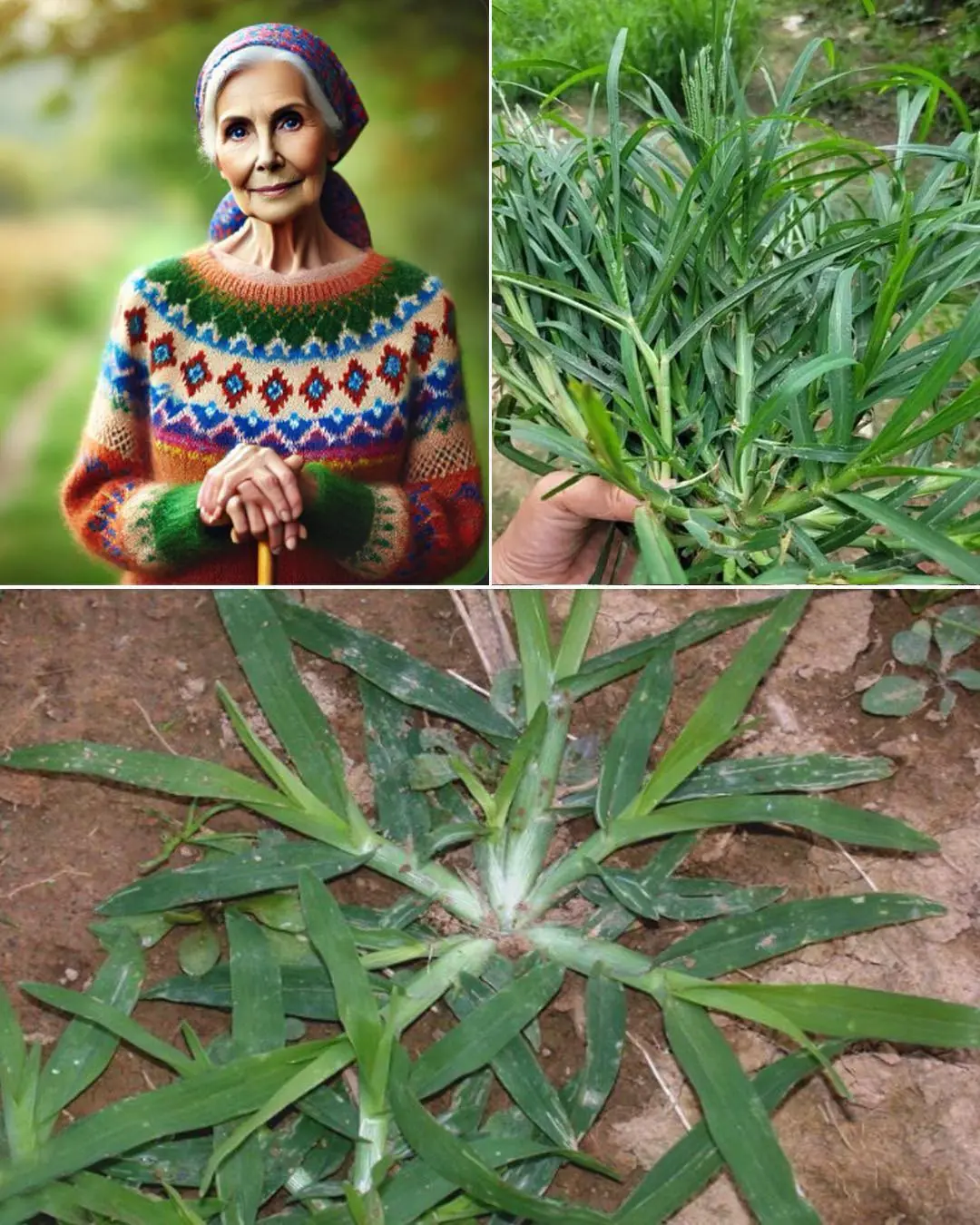
Goosegrass: Health Benefits and Uses
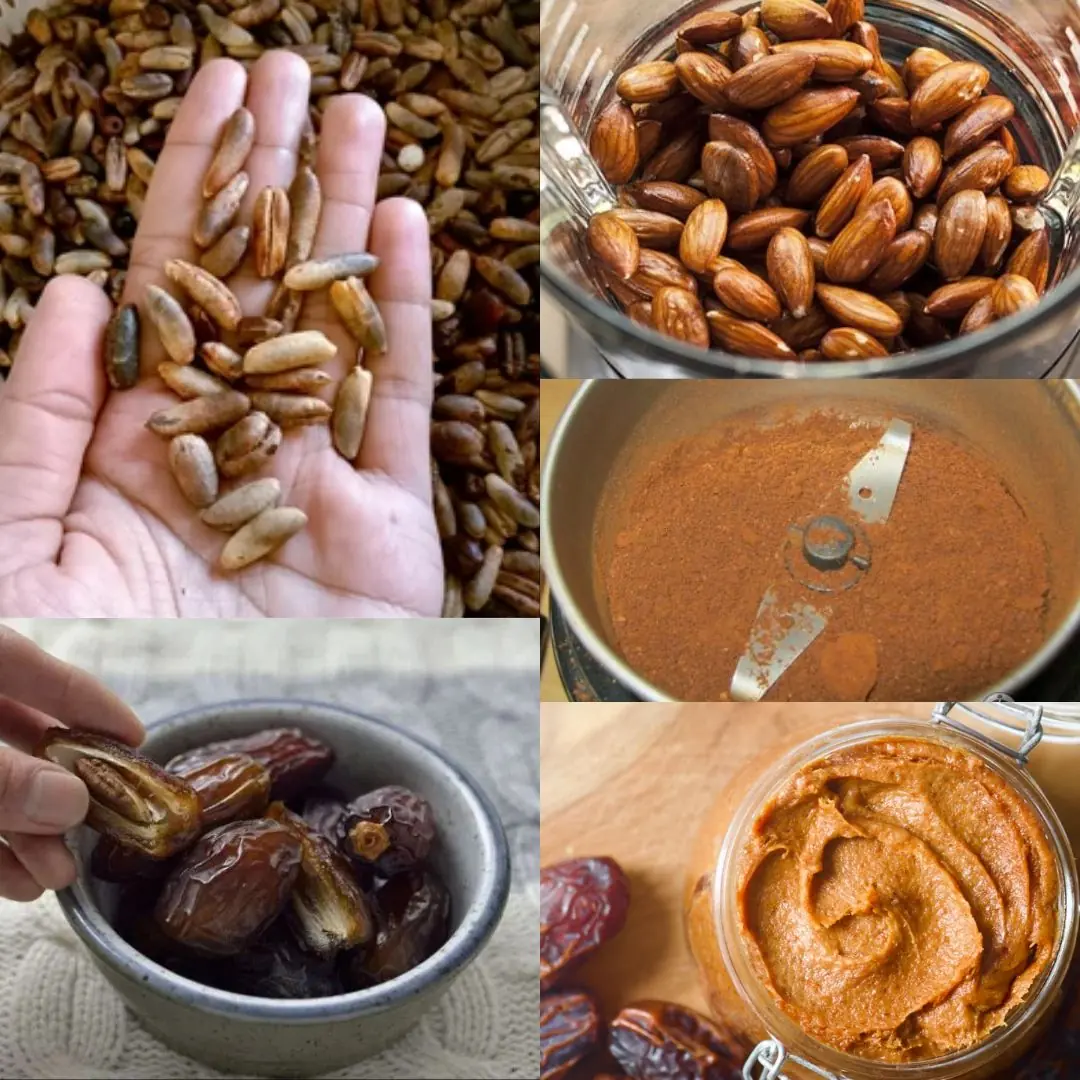
Don’t Throw Away Date Seeds – Here’s Why They’re So Powerful
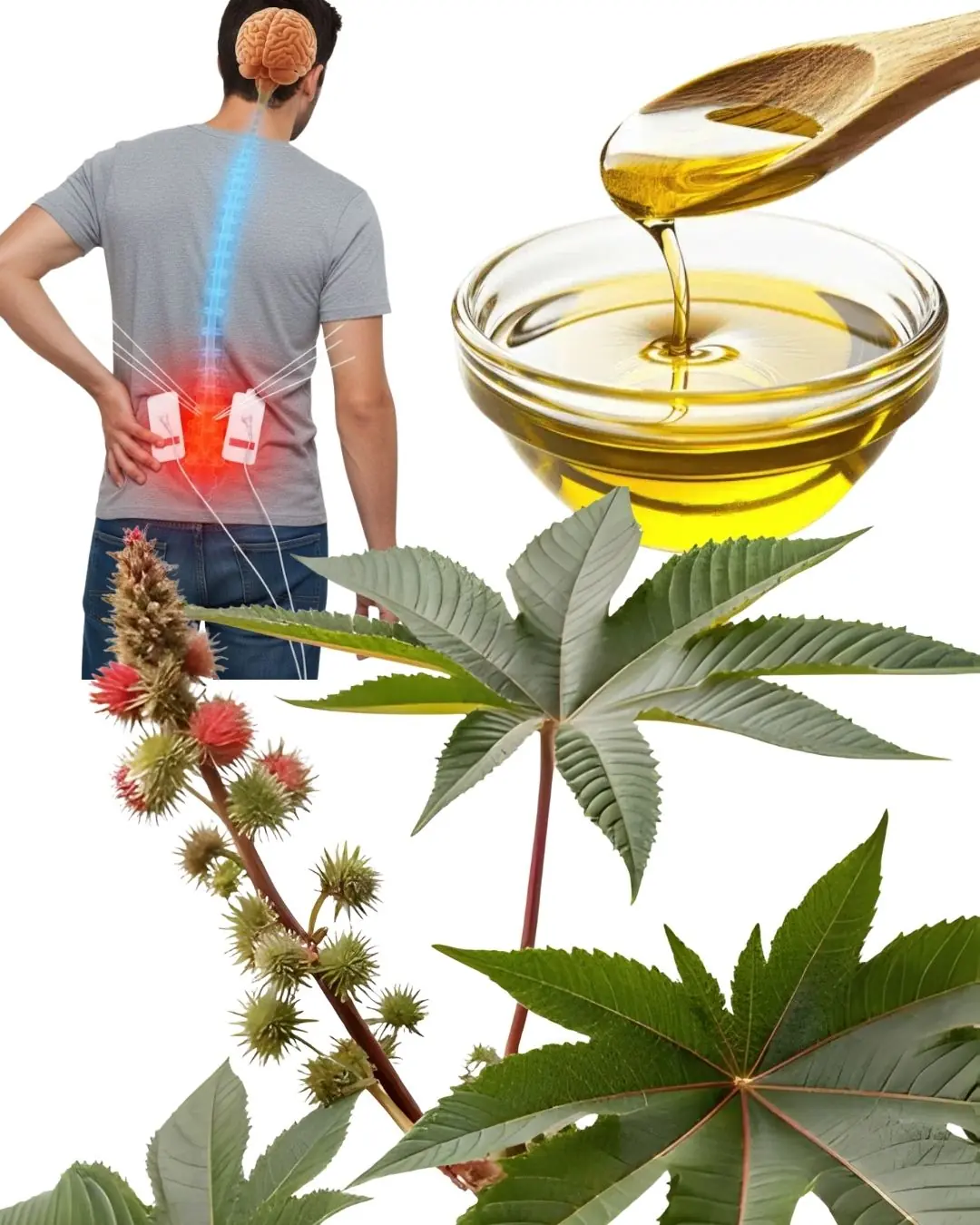
🌿 Discover the Hidden Gold in Your Garden: The Amazing Power of Castor Leaves

Discover the miracle drink that helps seniors rebuild knee cartilage quickly
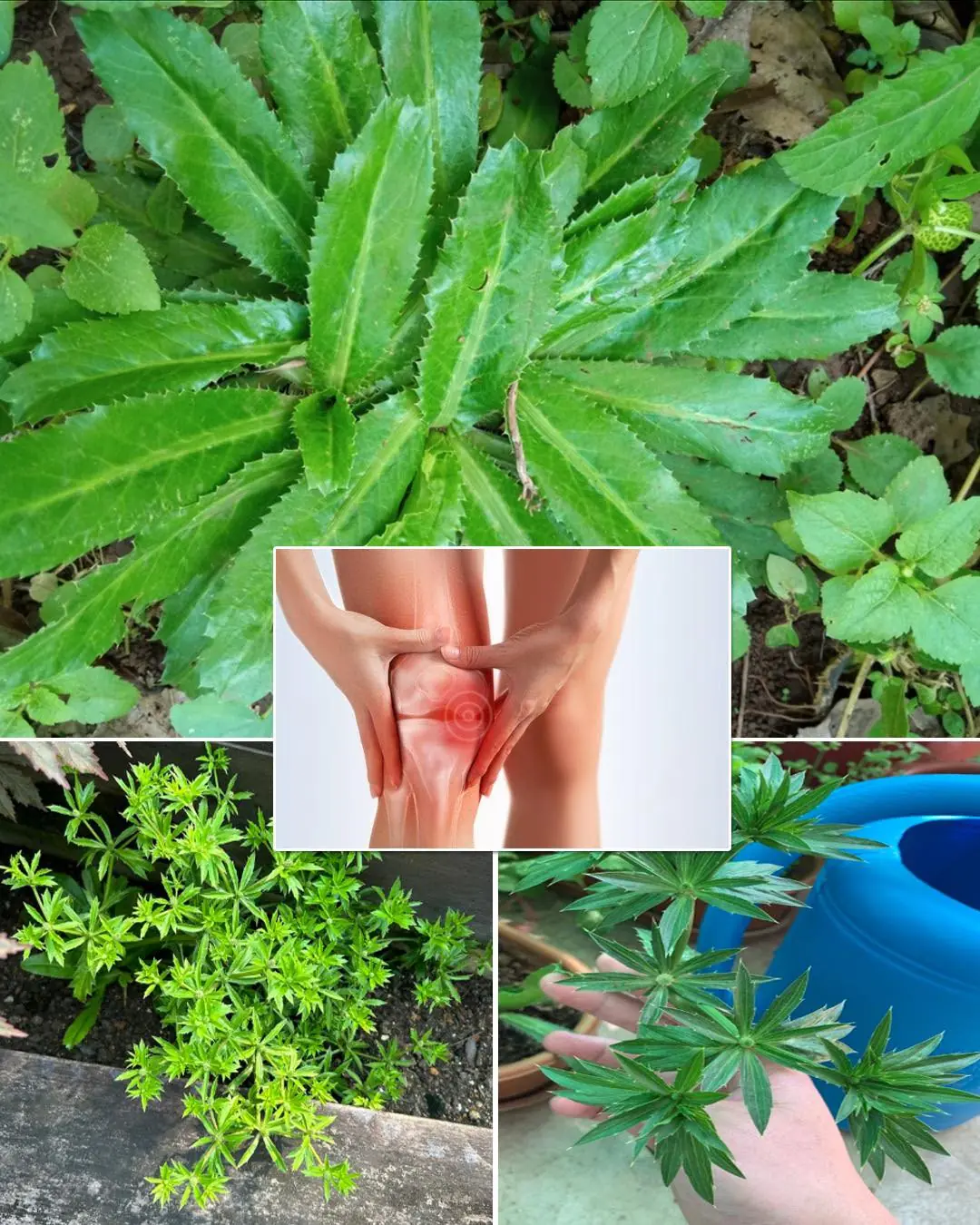
Culantro Herb Benefits and Uses: The Powerful Healing Plant You Should Try
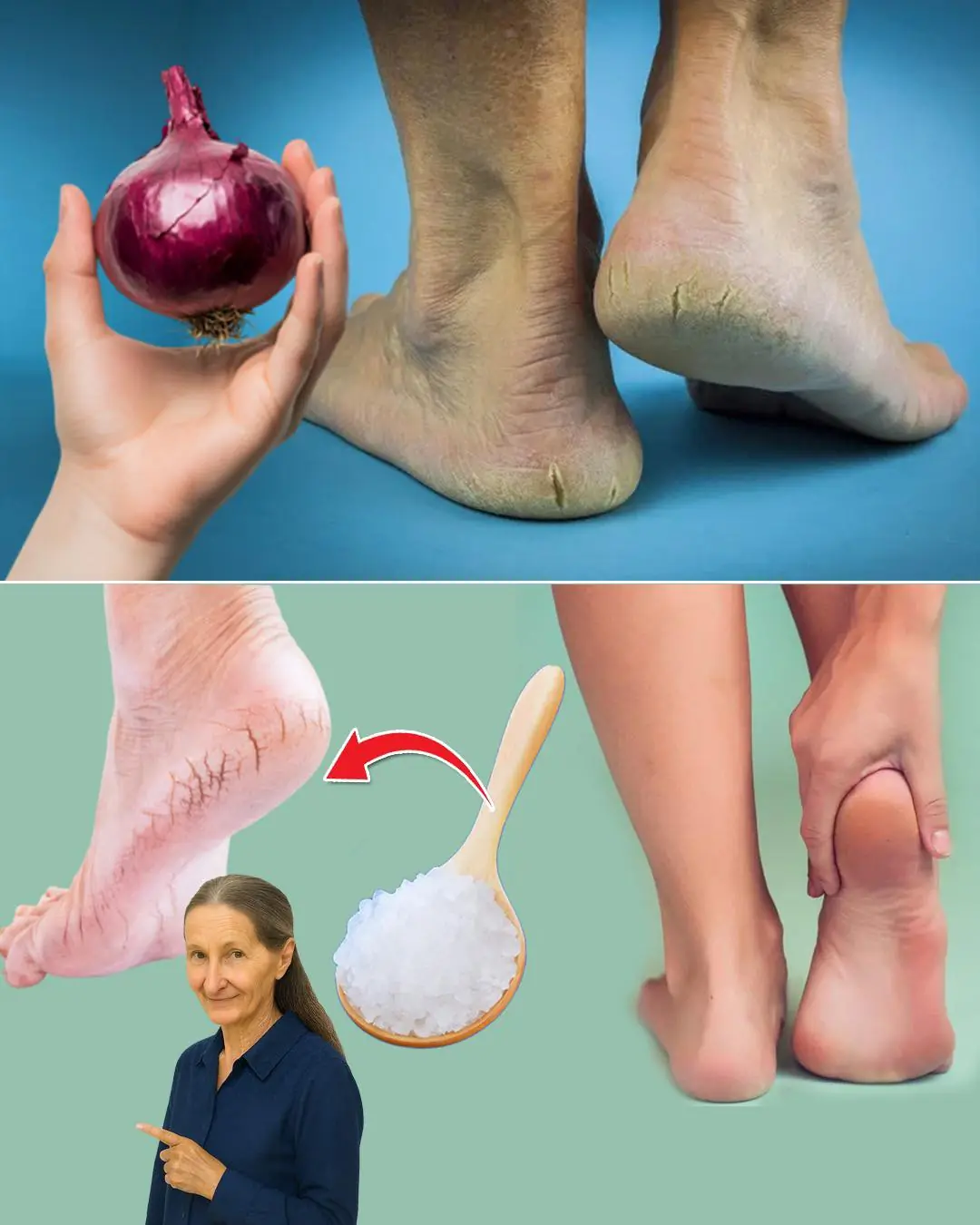
5 Natural Remedies for Cracked Heels: Red Onion, Sea Salt & More
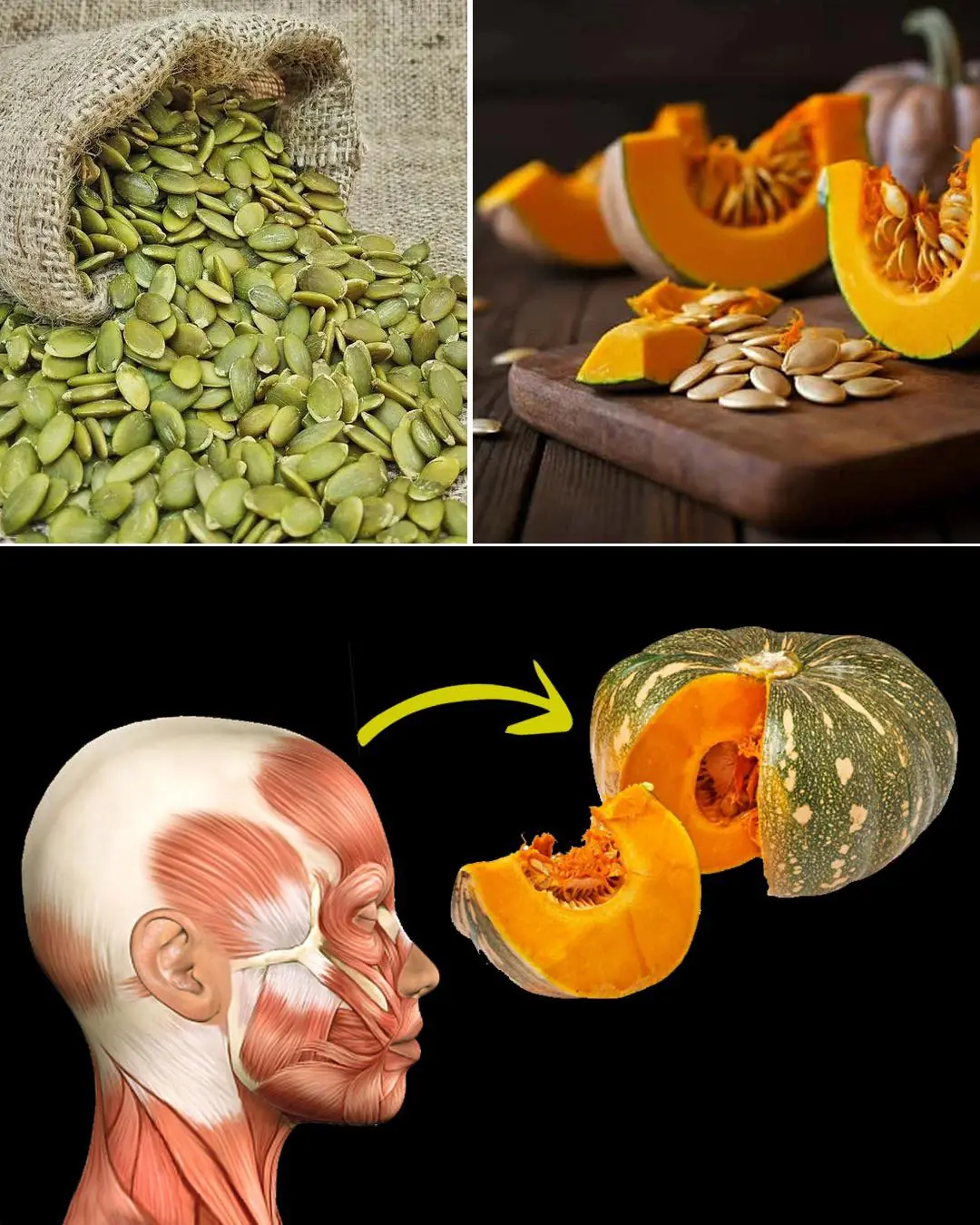
Pumpkin Health Benefits: The Forgotten Superfood You Need Daily
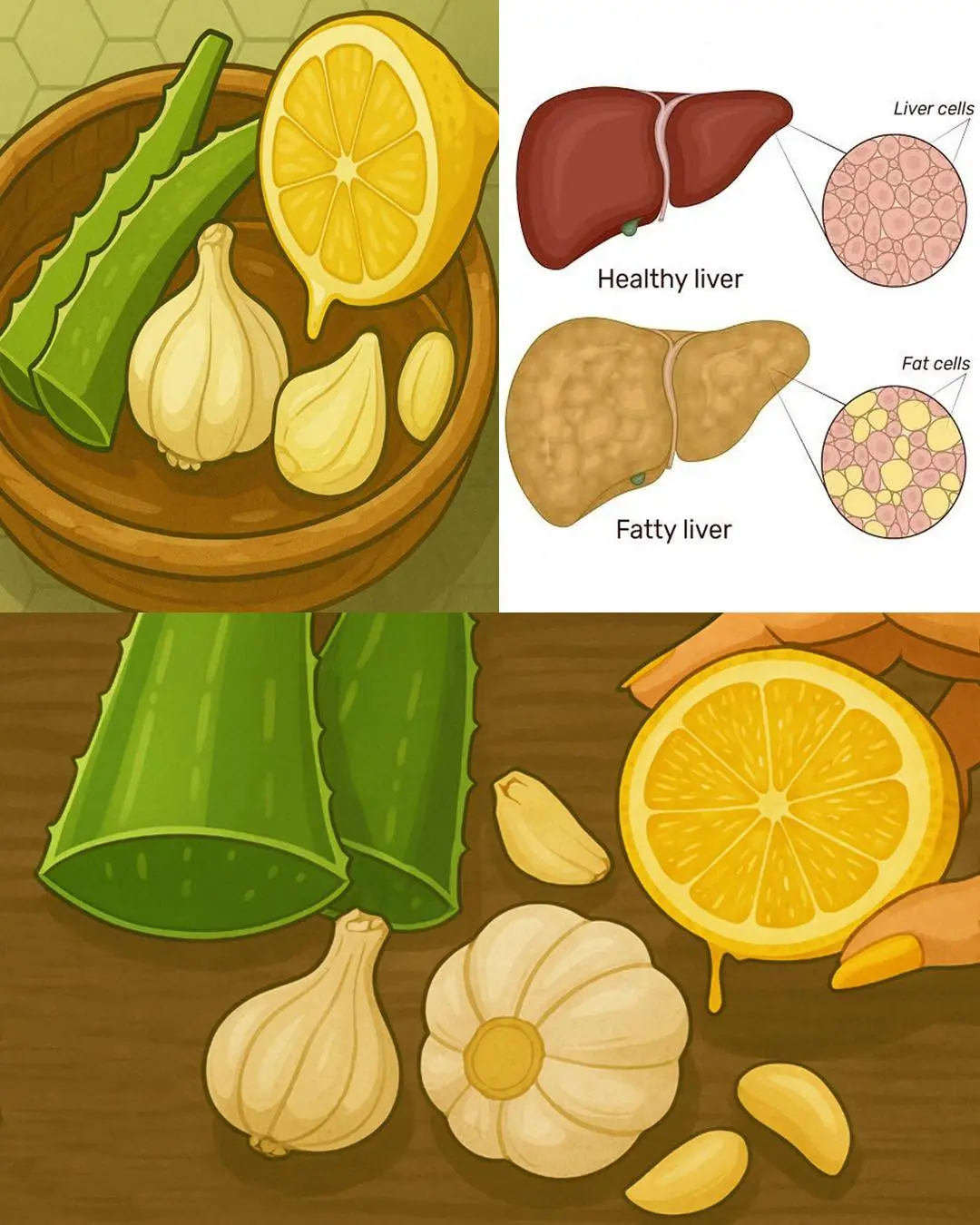
Aloe Vera Super Remedy: Stronger Than Garlic, Lemon, and Fights Bacteria & Fungi Naturally
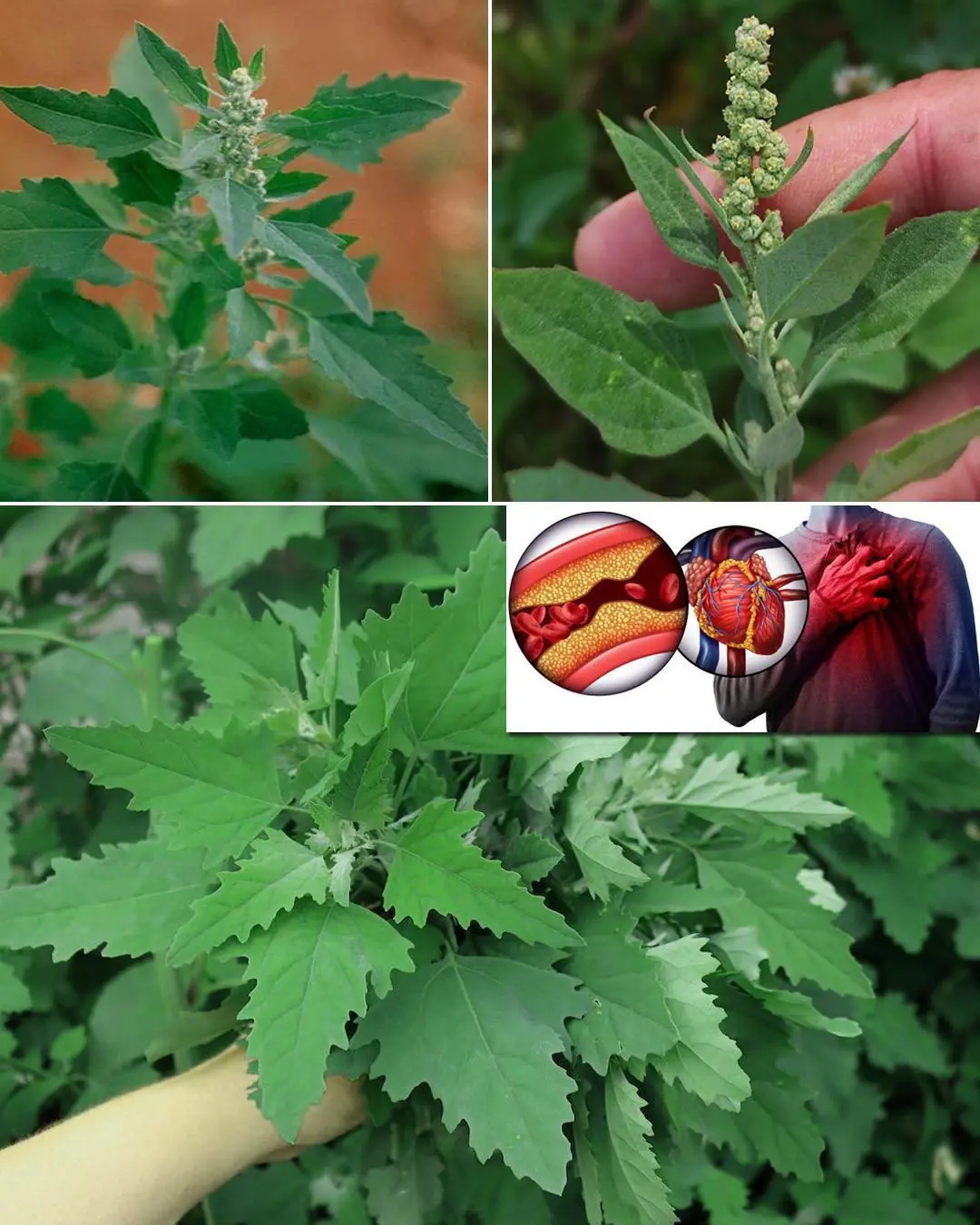
Lamb’s Quarters/Wild Spinach a superfood with health benefits
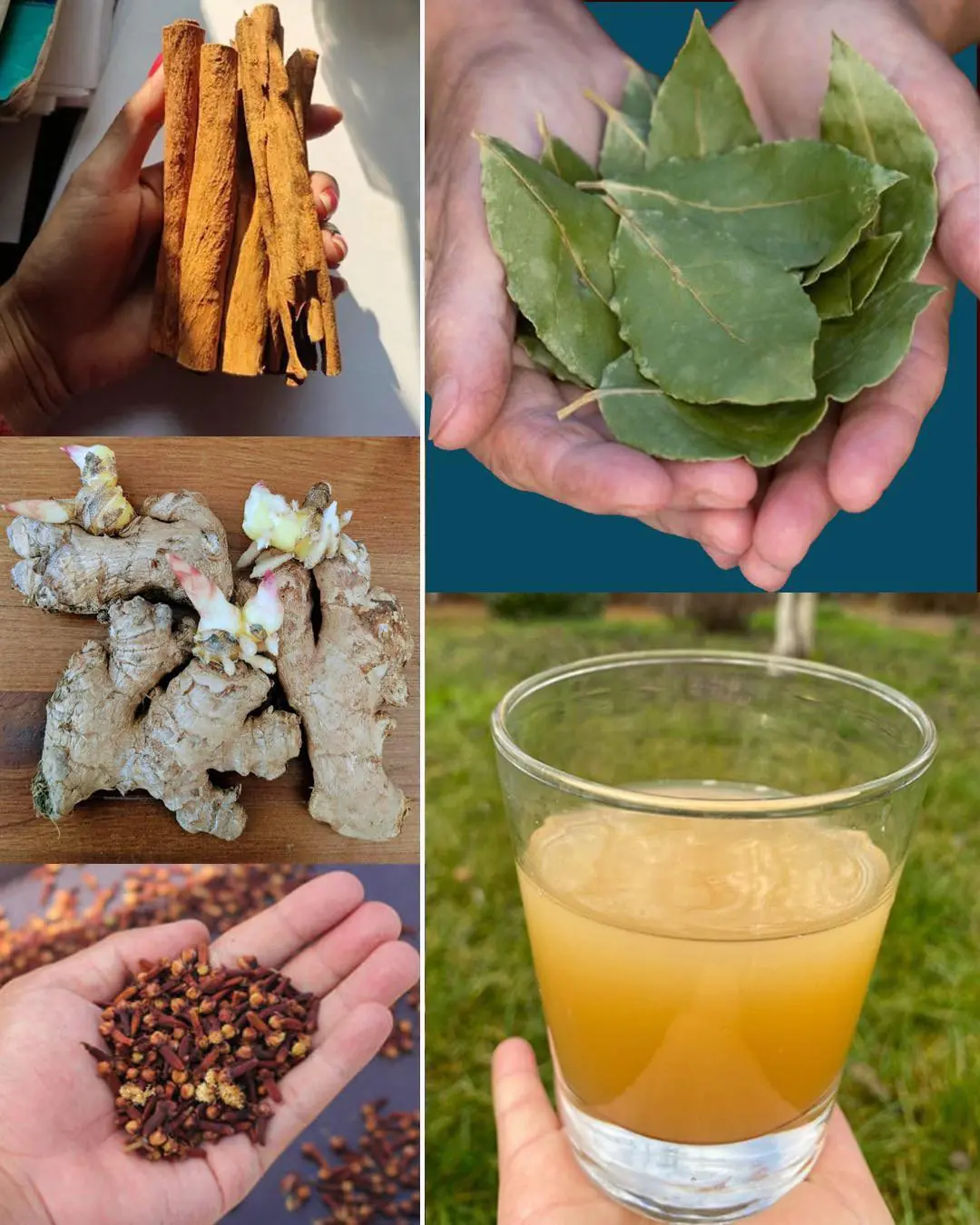
Powerful Cinnamon, Ginger, Bay Leaves, and Cloves Drink: Health Benefits & How to Use It
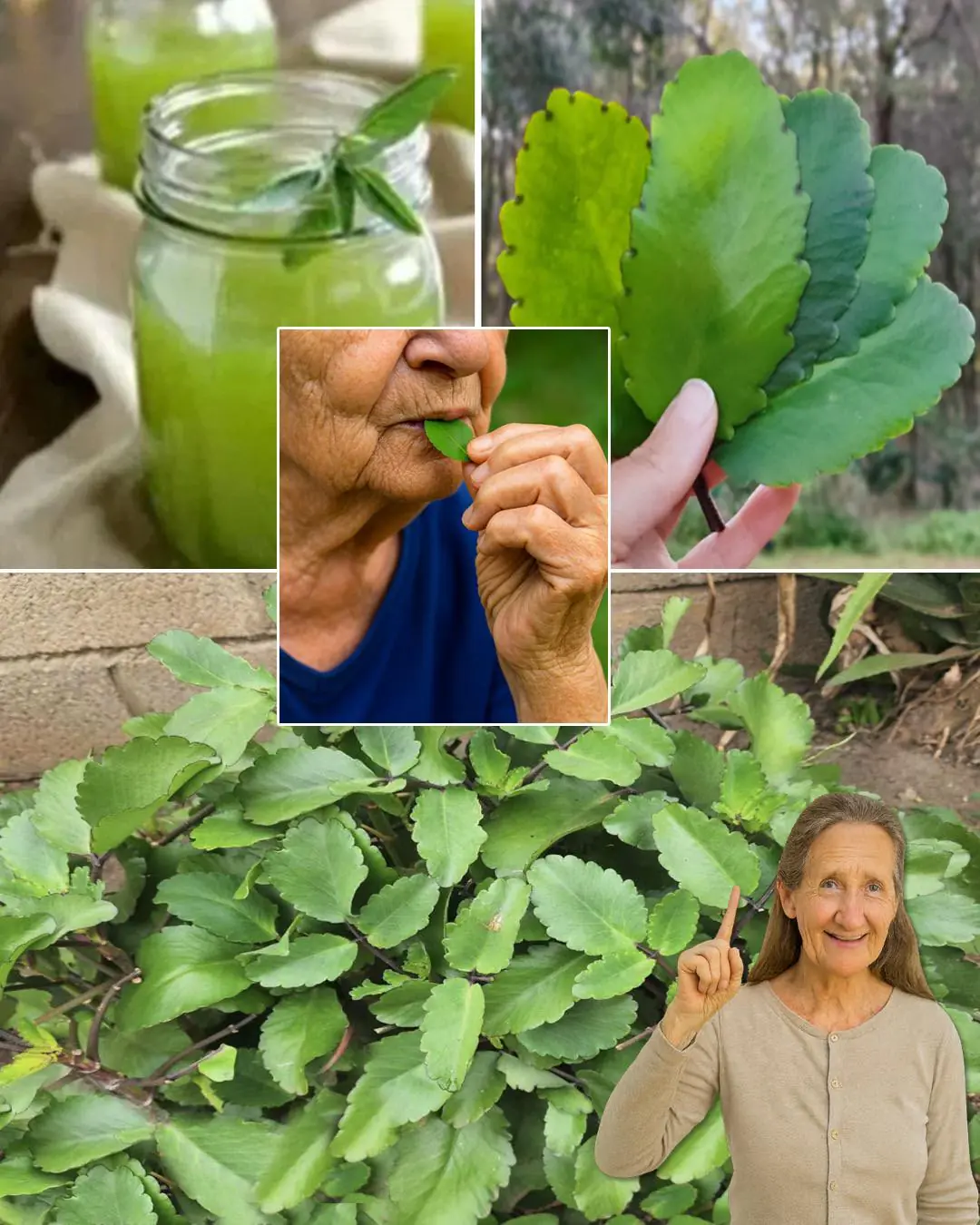
7 Benefits of the Miracle Leaf of Life
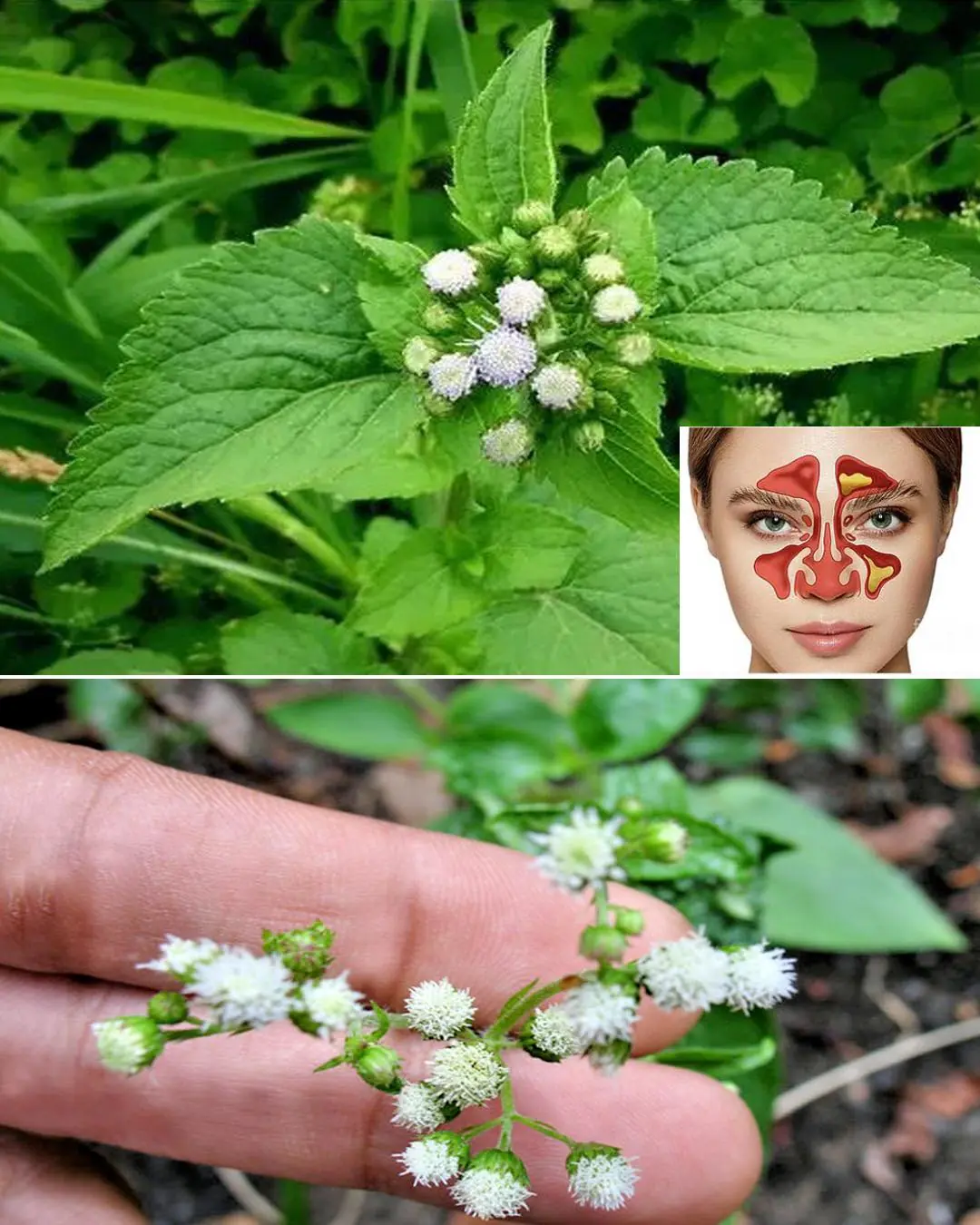
7 Benefits and Uses of Ageratum conyzoides
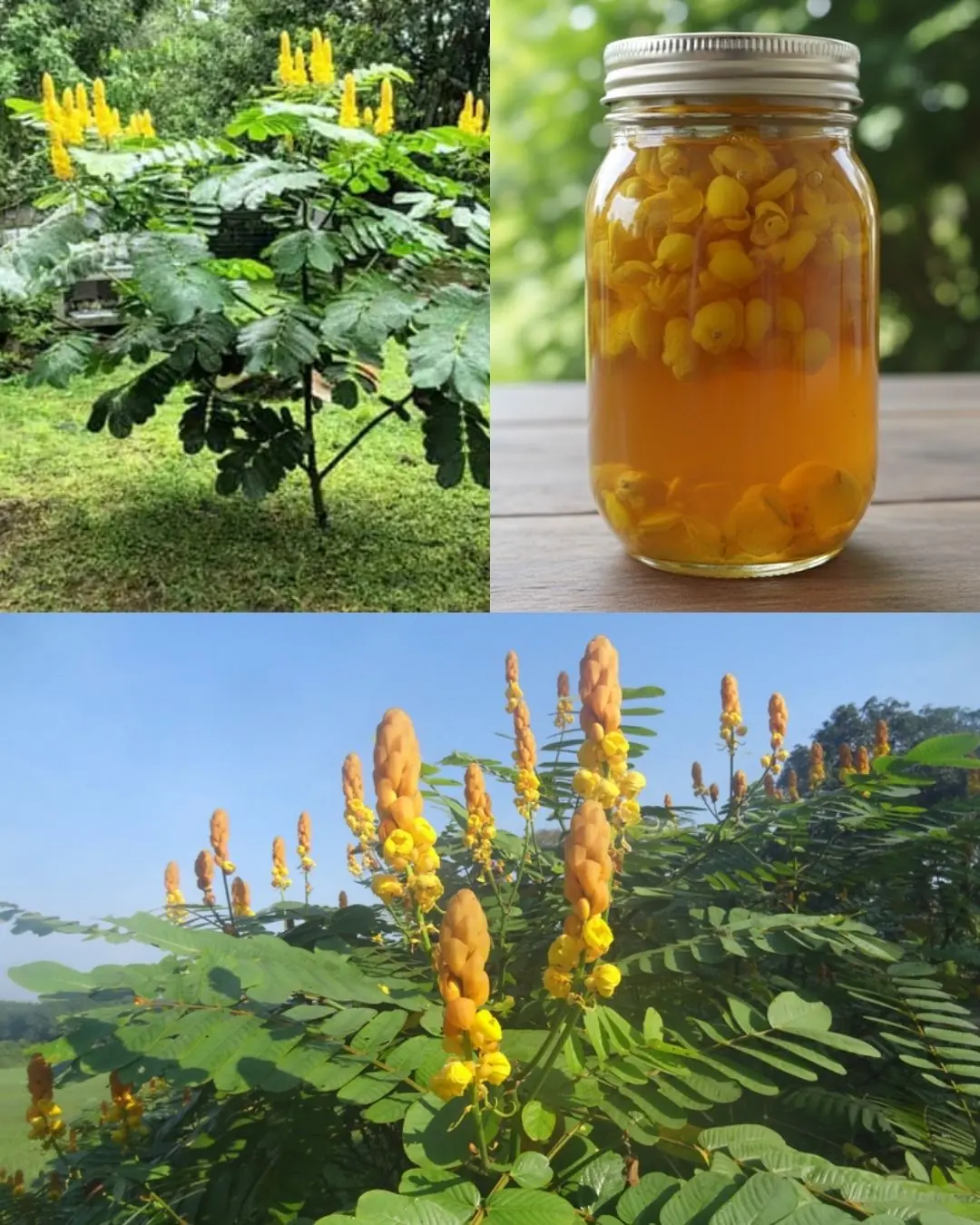
The Powerful Medicinal Benefits and Uses of Senna alata
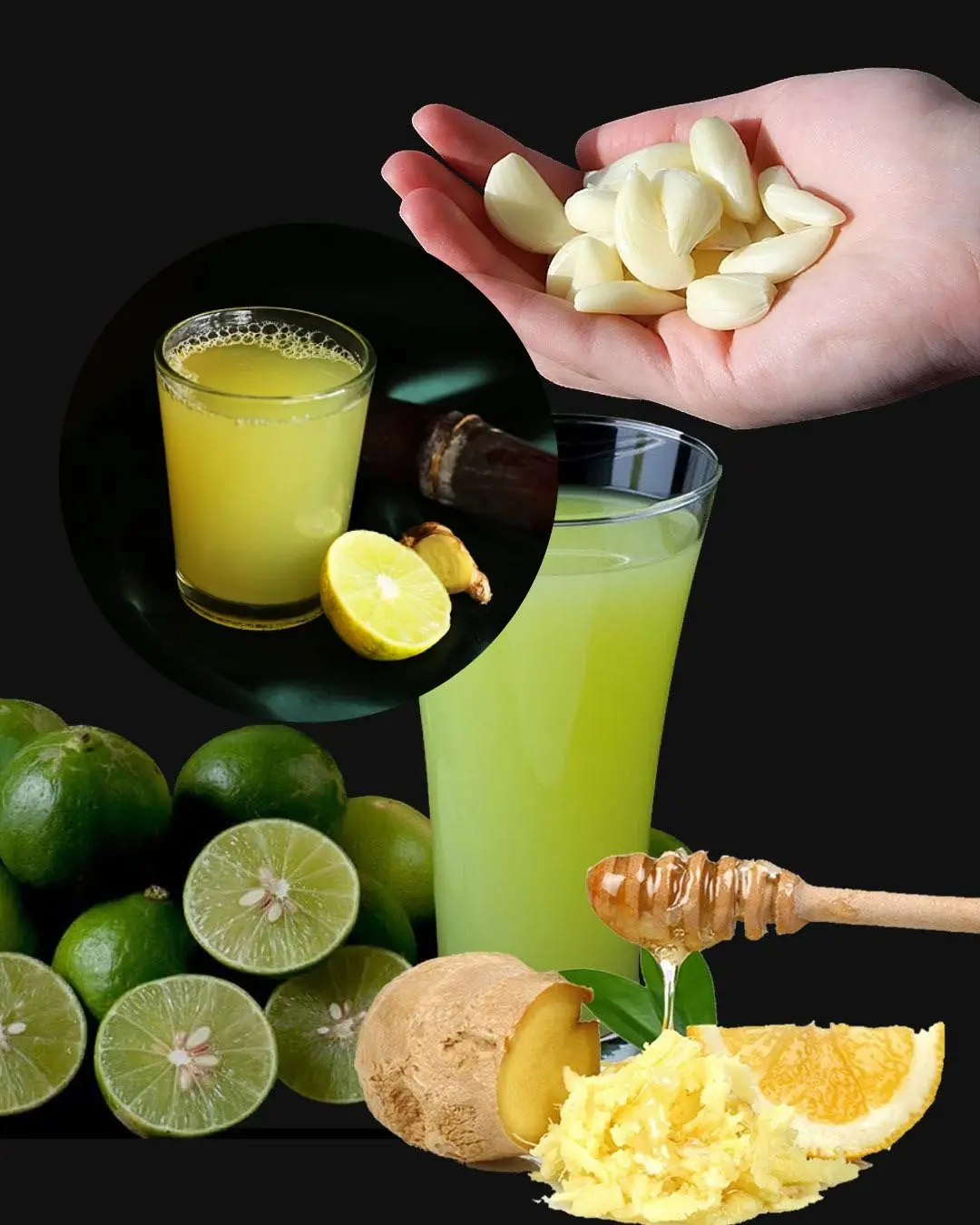
Search Results for: Ginger–Turmeric–Honey: A Golden Natural Remedy
News Post
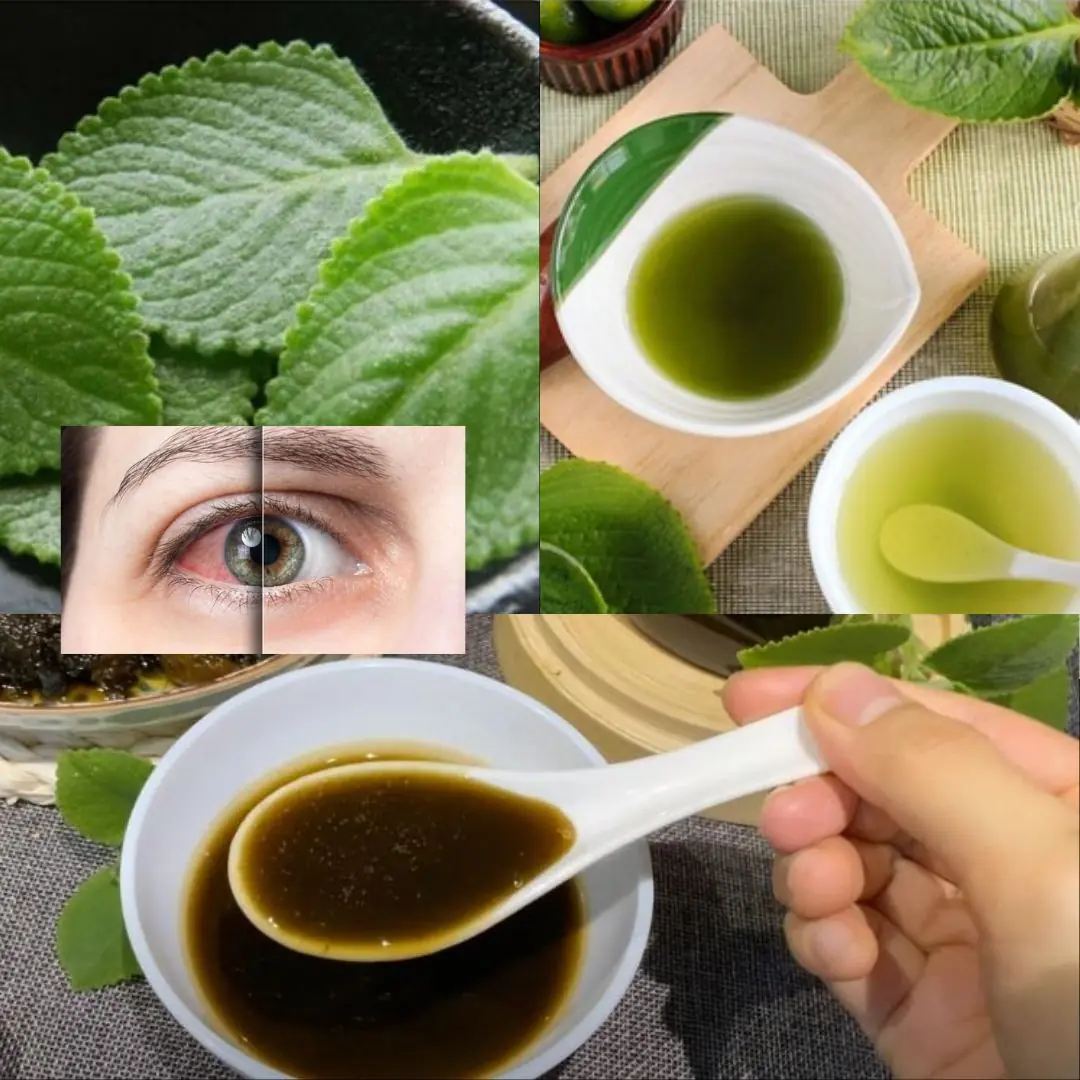
Oregano: The Golden Herb for Eye Health

What Your Lips Say About Your Health

Important News for Everyone Who Loves a Daytime Nap

The Night Edith Found Her Angels at a Waffle House

The Dog Who Healed Our Hearts: A Story of Rescue, Love, and Second Chances

A Night at McDonald’s That Changed a Life — And Mine

Beyond the Badge: A Police Officer’s Reflection on True Community Connection

Koda the Christmas Bandit: The Dog Who Unwrapped Every Gift Under the Tree

A Brother’s Gift: Caleb’s Courage for His Sister Libby

Two Brothers, One Battle: The Scotts’ Fight for Life and Hope

An Elephant’s Cry, A Human Answer.

The Farmer’s Slow Lane

The Gift of a Grandfather Without Bloodlines.
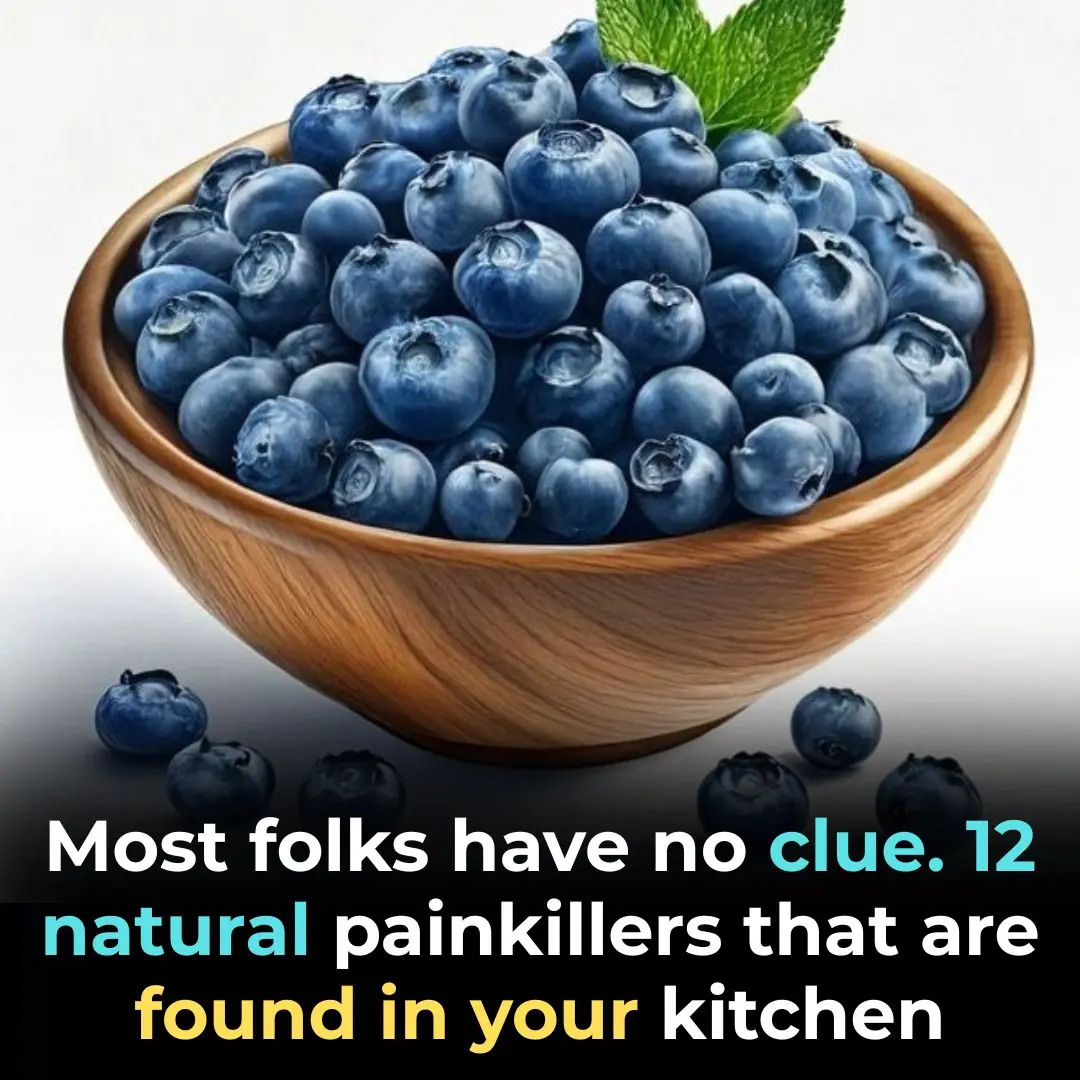
12 Powerful Natural Painkillers Found in Your Kitchen

11 Honey Remedies That Truly Work

4 Dangerous Mistakes When Using an Air Fryer That Can Lead to Poisoning, Cancer, and Even Fires

The Secret of Our Hand to Show RICH or POOR…

The Purpose of the Overflow Hole in Your Sink You Never Knew
